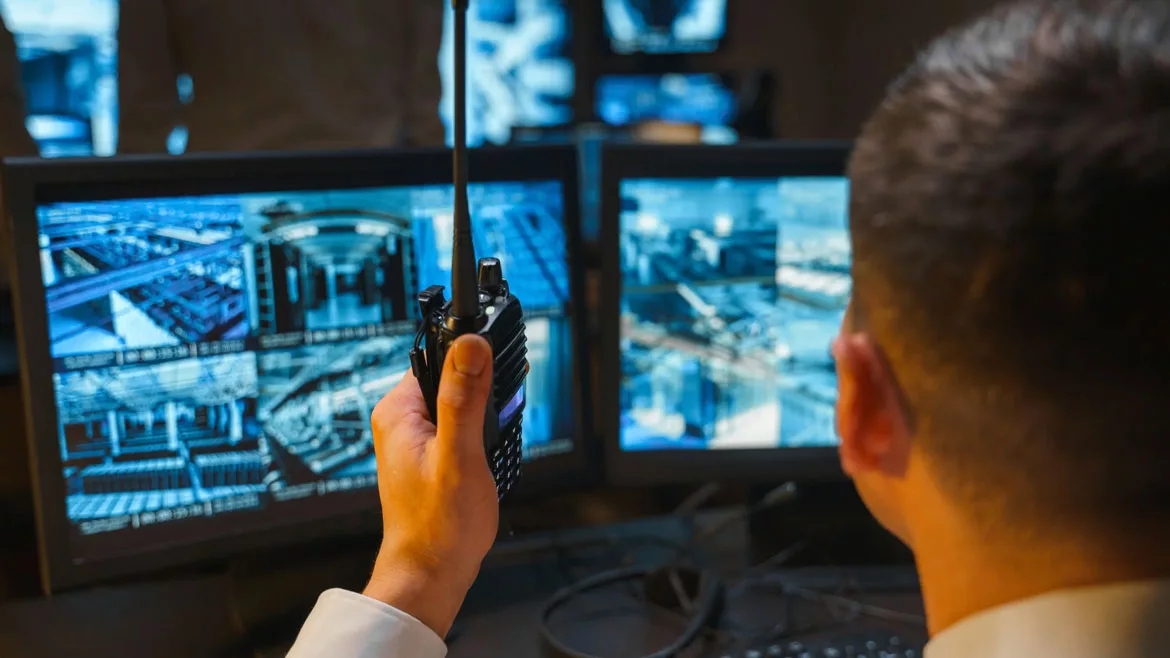Education & Training
Transforming retail security and efficiency with video management
How enterprise security executives can harness the power of video management systems (VMS) to optimize operations in the retail sector.

Ignatiev / E+ via Getty Images
The retail industry has always been dynamic, but today’s challenges are more complex than ever before. A brief scan of the headlines will quickly unveil the turmoil that brick-and-mortar retailers are facing — a veritable “retail cyclone,” a confluence of historic impact that is challenging retail to its core. On top of the external pressures from a litany of external forces, retailers must cater to the constant changing demands of consumers while safeguarding their stores against the ever-evolving external threats which constitute the cyclone. On a consistent basis, enterprise security leaders in the retail industry handle asset and facilities protections, loss prevention, workplace violence and more.
One technology that is important in this endeavor is video management systems (VMS). These systems are revolutionizing retail operations, enhancing security and providing valuable insights to security teams. Enterprise security executives can harness the power of VMS to optimize operations in the retail sector and counter the effects of the retail cyclone.
The evolving retail landscape
Retail is undergoing a significant transformation. Online shopping, changing consumer preferences and economic fluctuations have created an environment where adaptation is the key to survival. Retailers must balance the need to provide a seamless shopping experience with the imperative to safeguard their assets and customers. In the past, retailers would simply lock up all high valued inventory, causing a sales decrease and customer service challenge. Retailers now know that not everything can be locked behind a glass case of protection, so how do security teams offset the challenge of loss due to theft? One strategy involves deploying a comprehensive video management system.
Traditional security measures, like surveillance cameras, have long been a staple of retail environments. With the integration of VMS technology, a redefined role of video surveillance has emerged. These systems are no longer just tools for recording past events; they have become assets that offer a myriad of benefits to retailers, a watchdog prepared to communicate threat intelligence to security teams.
By leveraging VMS technology, retail security teams can monitor threats in real time and potentially reduce response time to security incidents. They can identify and track potential threats when integrating to internal or external analytics such as facial recognition, cart deactivation, parking lot security trailers, license plate recognition and other tools helping to prevent theft and ensure the safety of both customers and employees. Augmenting a security team with surveillance and video management can help improve time management when dealing with live and recorded investigative work, response to critical incidents and an overall efficiency-based outcome.
In a retail environment, VMS can be used to monitor safety issues, operational challenges, customer foot traffic, store layout issues, front end operation efficiency, out of stocks, as well as many other enterprise benefits. VMS can help monitor employee productivity and customer service levels. Retail executives can review video footage to identify training needs, evaluate staff performance and ensure that employees are adhering to operational protocols. These use cases can help security leaders justify their budgets, especially when technology has the potential to benefit multiple enterprise functions.
Merchants benefit from the potential integration between VMS and inventory management systems, which can track stock levels and detect discrepancies between recorded inventory and physical stock. This is instrumental in reducing stock shrinkage due to theft or errors, ensuring that products are consistently available to meet customer demand.
Key points to consider when implementing a VMS
When evaluating whether a VMS platform is meeting corporate security objectives, security leaders should consider these factors:
- Vendor Neutrality: Open VMS platforms can provide a view into a variety of surveillance feeds, uniting disparate systems under a single pane of glass. This flexibility is particularly crucial in a rapidly changing technology landscape where new innovations and products continually emerge.
- Scalability: Ensure that the VMS can scale with the organization’s needs. As retail businesses expand, the VMS should seamlessly accommodate additional cameras and locations.
- Analytics Capabilities: Features like facial recognition, object tracking and heat mapping can provide valuable insights for both retail security and operations.
- Reliability: A VMS must be reliable to ensure continuous monitoring and data recording. Downtime can lead to security vulnerabilities and operational disruptions.
- Data Storage and Retention: Consider the storage requirements for video data. Retailers may need to retain footage for varying periods to comply with regulations or for investigative purposes. A VMS should offer flexible storage options.
- Security and Compliance: Security of the VMS itself is critical. It should adhere to industry standards and best practices to protect sensitive video data from unauthorized access.
As the retail industry continues to evolve, VMS technology will play an increasingly pivotal role in helping retailers stay competitive, reduce losses and enhance the customer experience. By embracing video management systems and harnessing the power of video analytics, retail security executives can lead their organizations toward a more secure and operationally efficient future. Additionally, security executives can help create efficiency, improve safety and security, and expand tools for operations, merchants and other support divisions all with the goal of safety, security and more profitable bottom line.
Looking for a reprint of this article?
From high-res PDFs to custom plaques, order your copy today!









